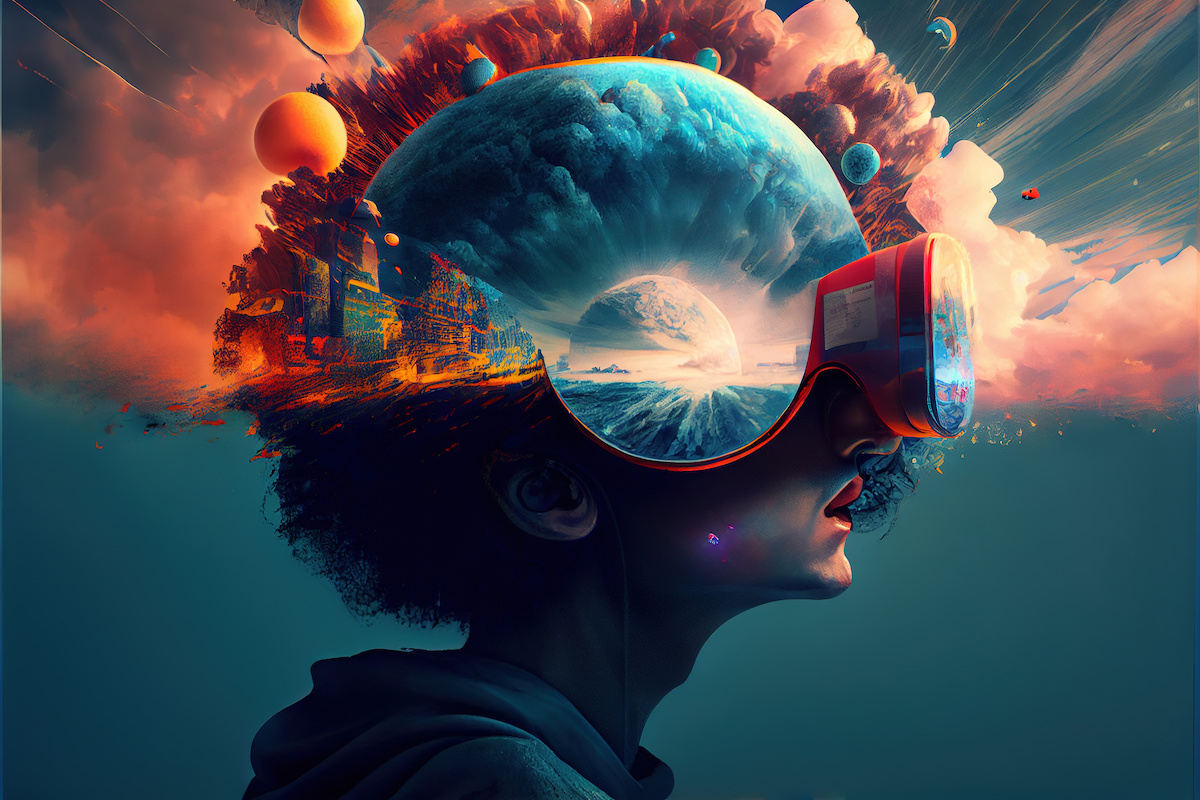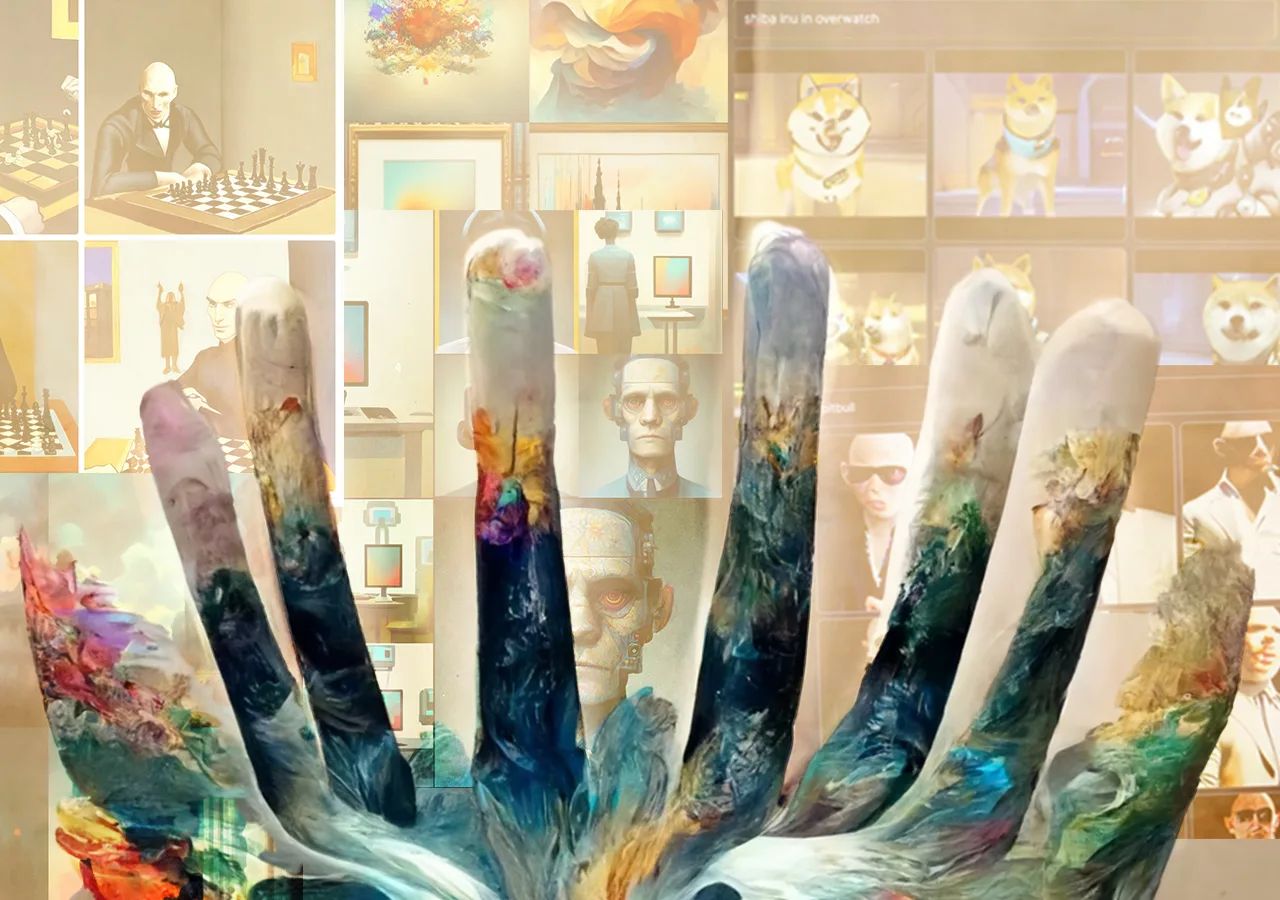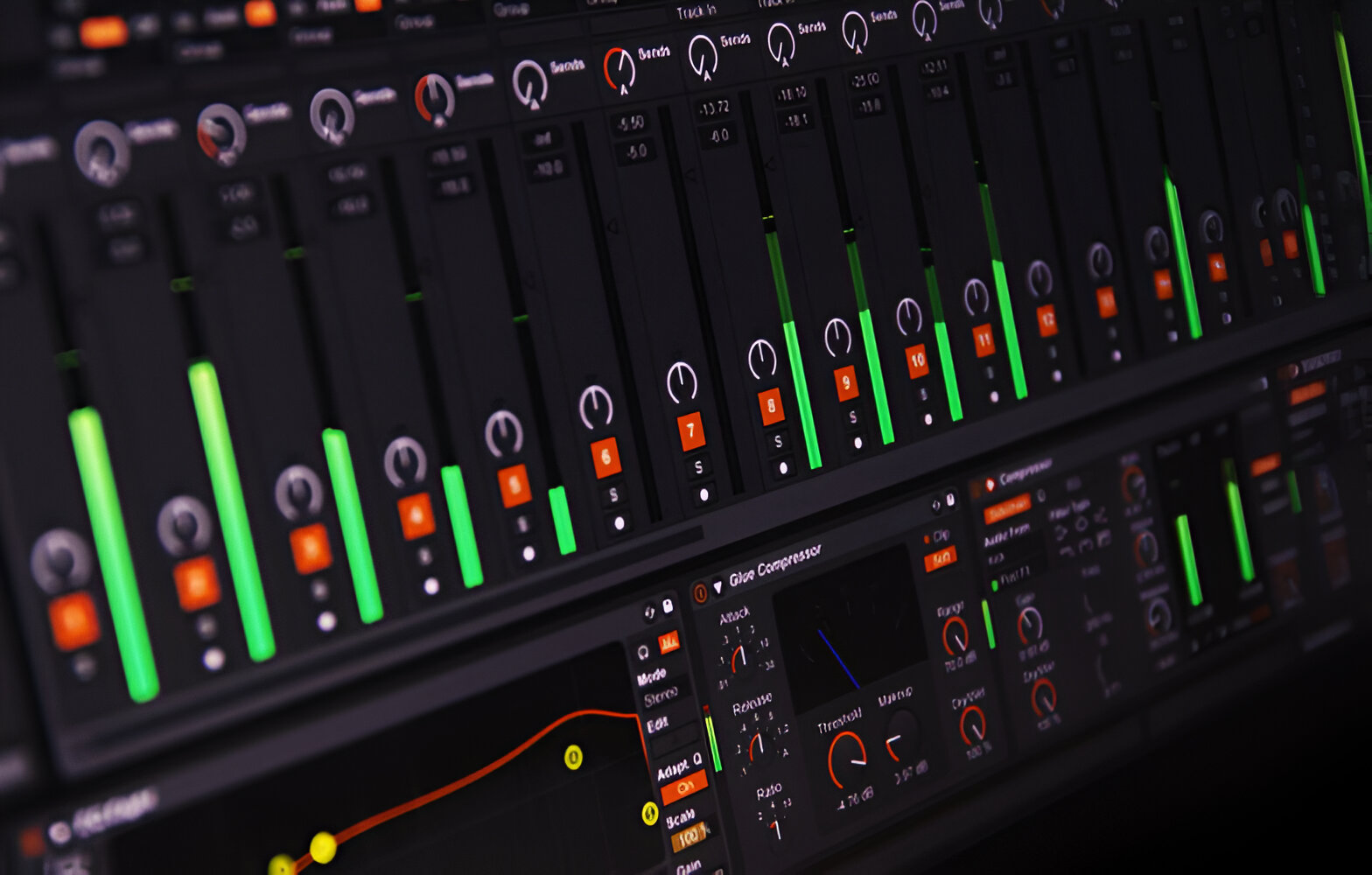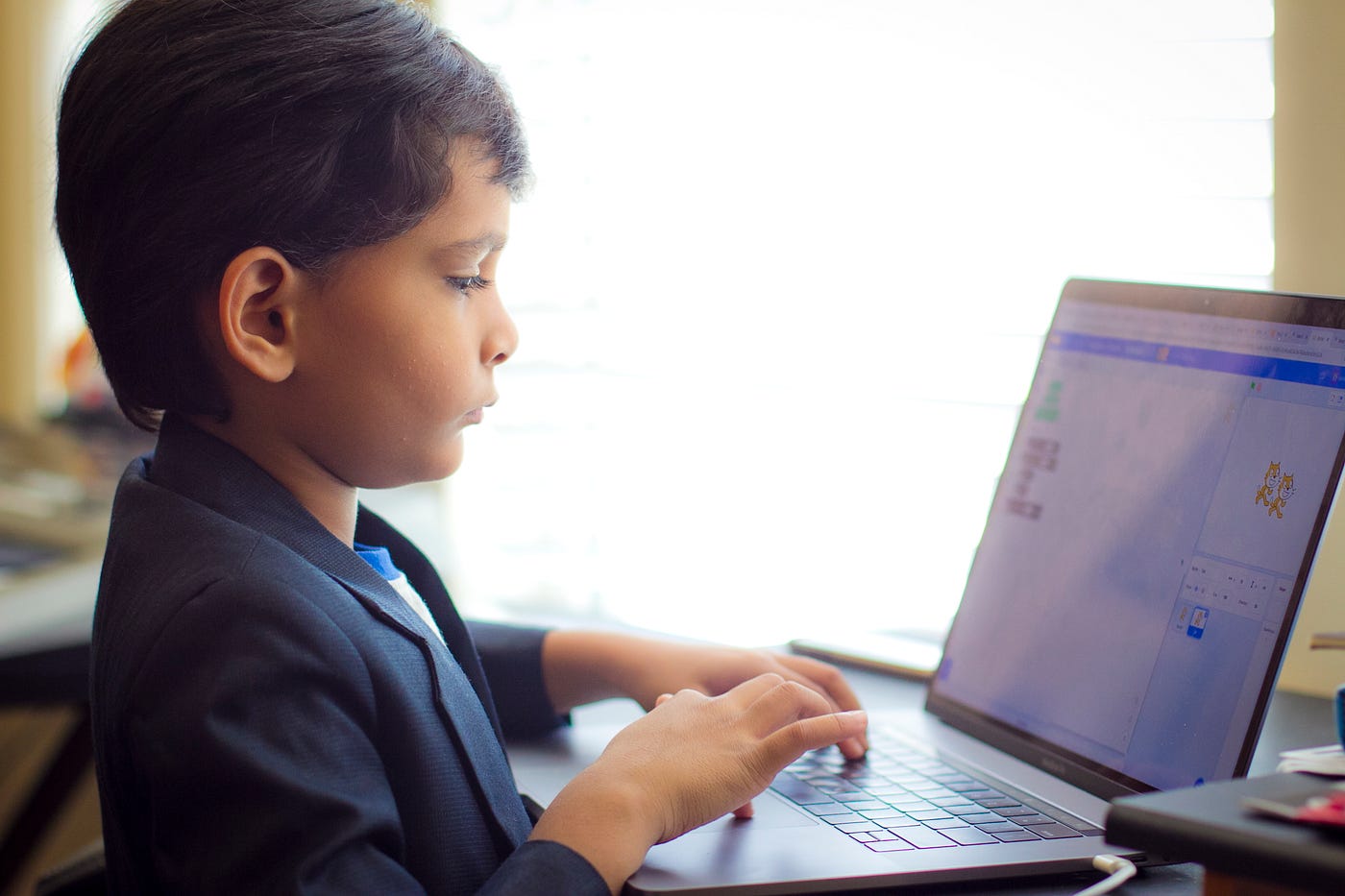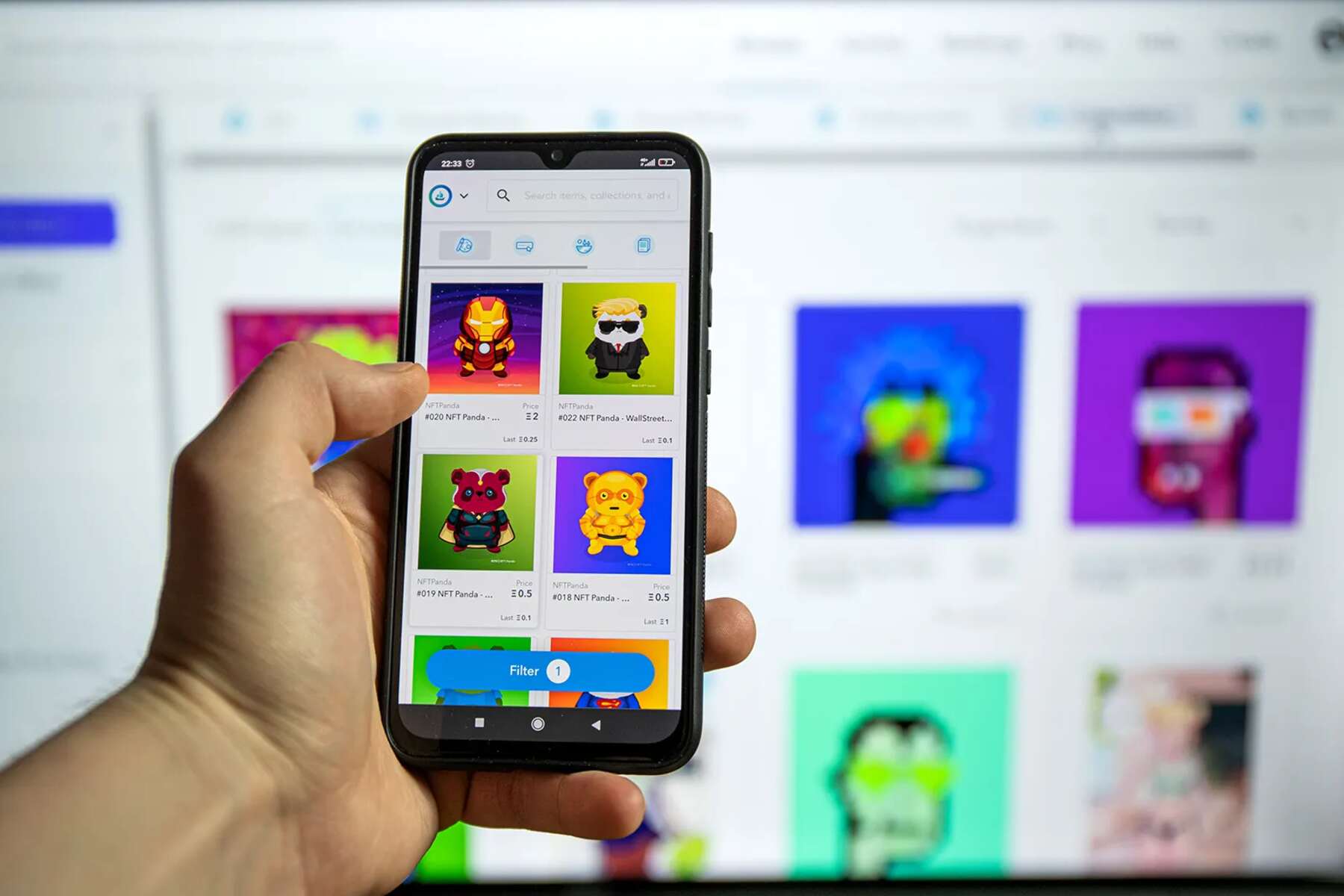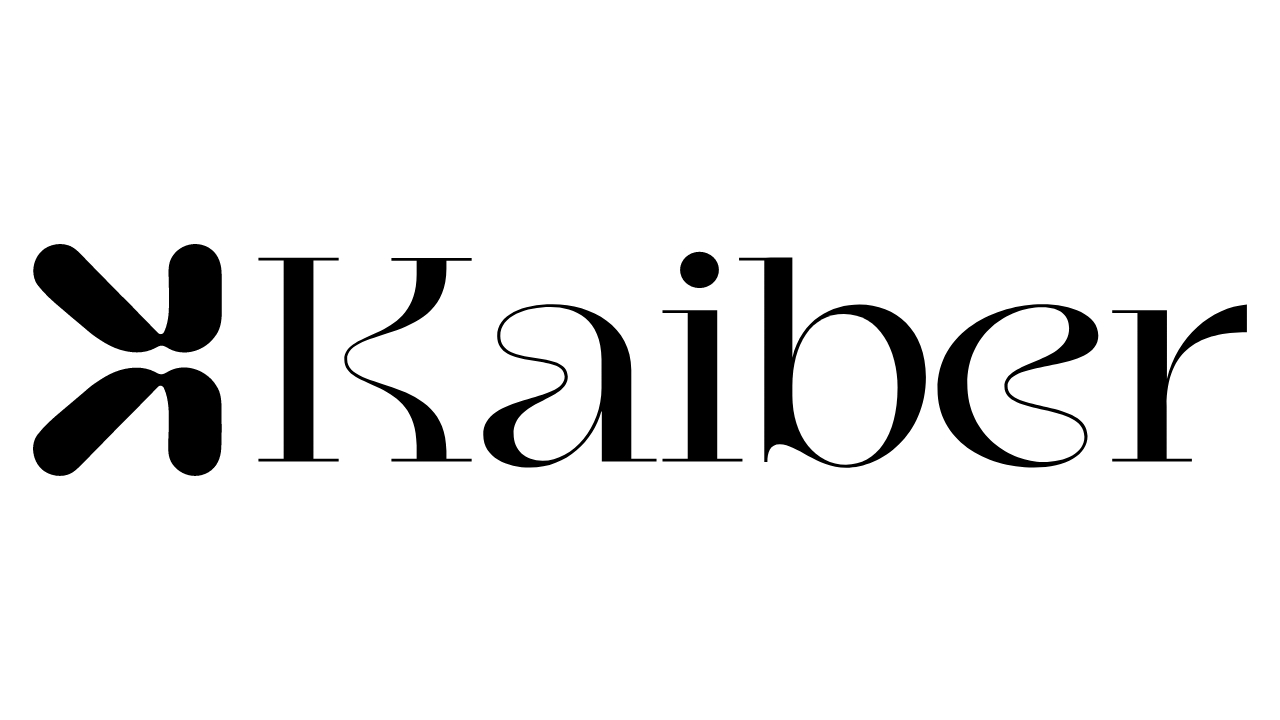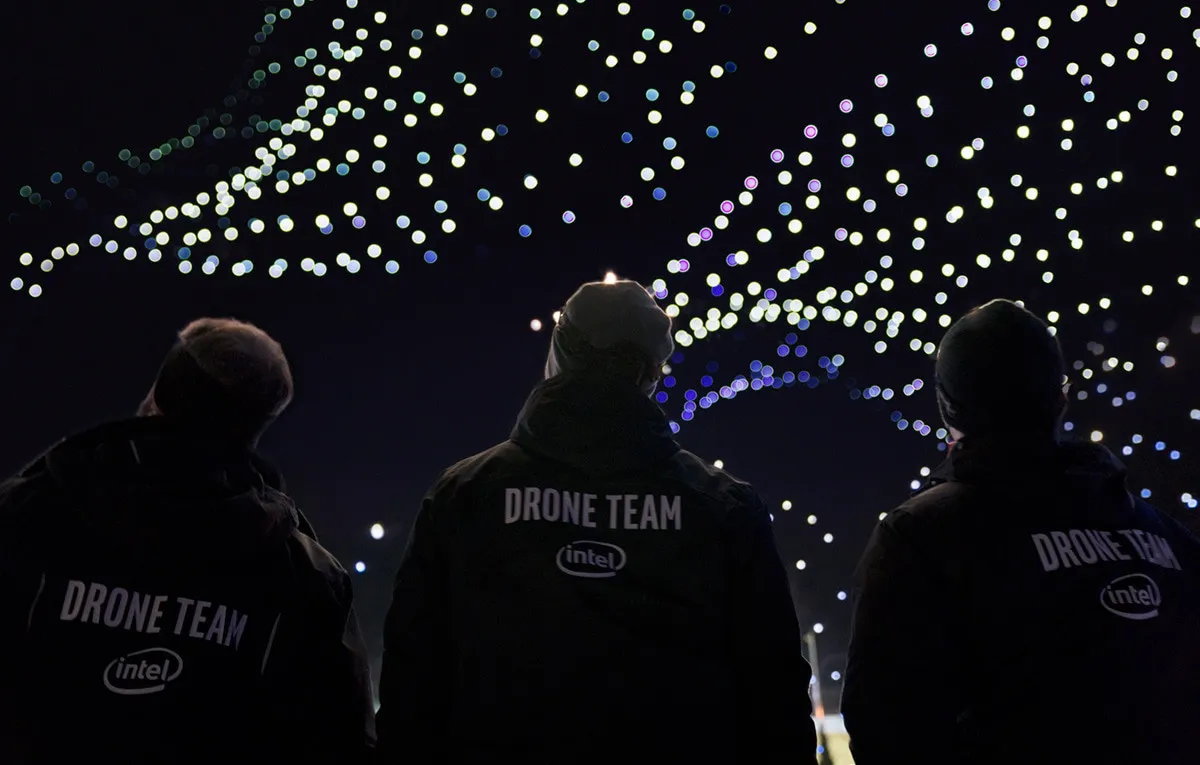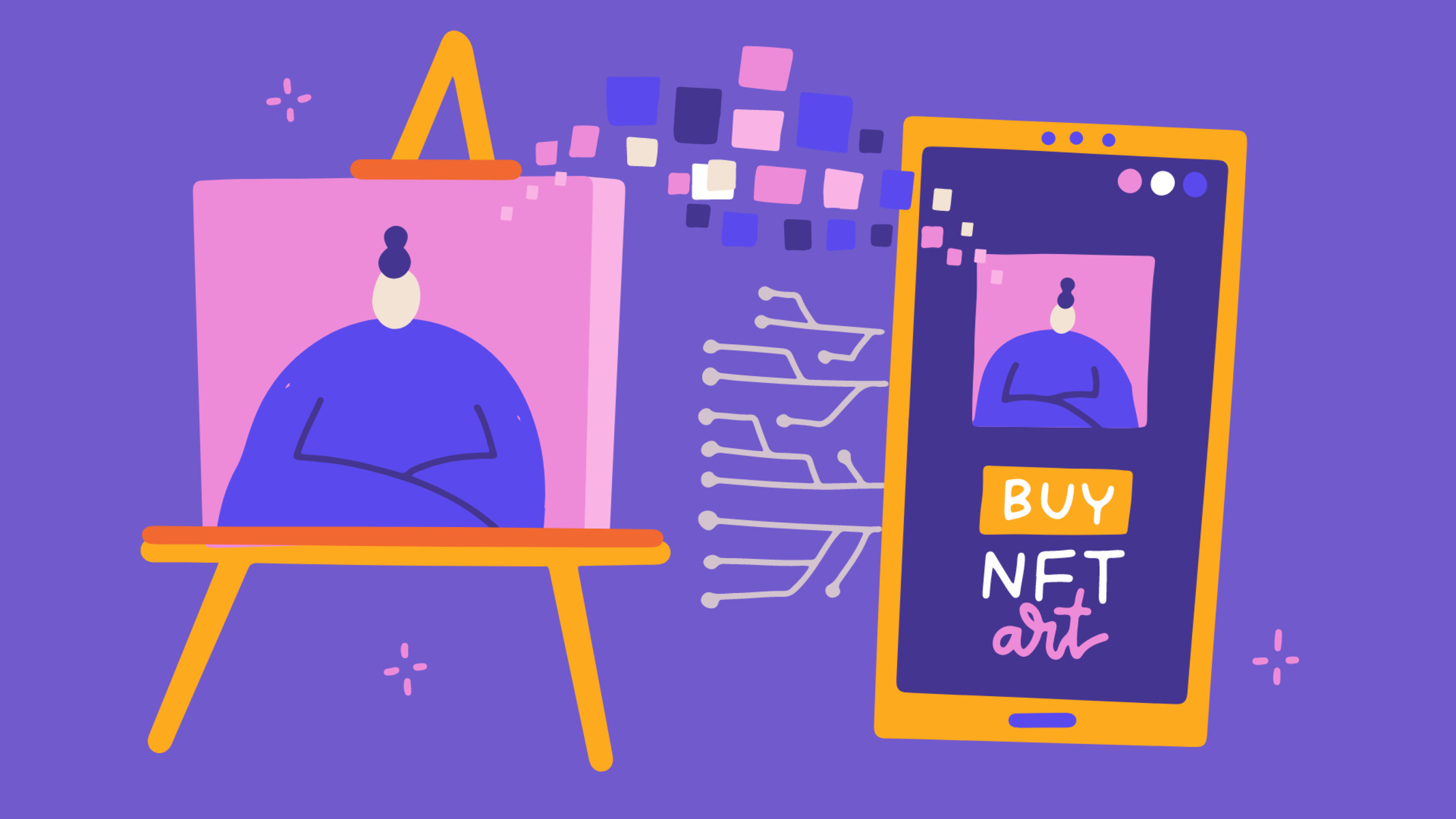In the digital age, the intersection of technology and creativity has sparked a renaissance that is reshaping the landscapes of art, music, and design. At the heart of this transformation is Generative AI, a groundbreaking technology that is not merely a tool but a collaborator, pushing the boundaries of human creativity to new horizons.
Generative AI is more than just an artistic novelty; it represents a paradigm shift in how we conceive, create, and interact with art. Its implications extend beyond the mere production of art, influencing personalization, accessibility, and the very essence of artistic expression. As this technology becomes increasingly sophisticated, it raises pivotal questions and opportunities: How will AI continue to transform creative professions? What does this mean for the future of human artists and designers? And how will it reshape the consumer’s experience of art and design?
This article embarks on a journey to explore the profound impact of Generative AI across various creative domains. By analyzing patterns and styles from extensive datasets, these AI systems are capable of producing original and intricate works, challenging our traditional notions of creativity and authorship.
1. Generative AI: The New Artist on the Block
Generative AI is revolutionizing the creative world, redefining the role of the artist with a range of groundbreaking use cases. In the realm of visual arts, these AI systems, powered by machine learning and neural networks, analyze vast datasets of existing artworks to generate novel creations, ranging from digital art to traditional paintings. In music, Generative AI is used to compose diverse pieces, from intricate classical symphonies to contemporary pop hits, showcasing its versatility and depth. Generative AI use cases extend to design and architecture as well, where AI-driven processes are yielding more efficient and innovative outcomes. Generative AI is not just assisting human creativity but is enhancing it, offering new perspectives and possibilities that were previously unattainable. With each application, it demonstrates its capacity to not only emulate human artistry but also introduce unique computational creativity, marking a new era in artistic expression.
2. Personalization and Customization: A New Era of Artistic Experience
The advent of Generative AI in creative fields has ushered in unprecedented levels of personalization and customization. Whether it’s art that adapts to the viewer’s mood or music that resonates with individual tastes, AI’s ability to tailor experiences is groundbreaking. This hyper-personalization is revolutionizing the way we interact with art, making it more accessible and relevant to diverse audiences. The implications for marketing, user experience, and customer engagement are vast, opening new avenues for creative expression and consumption.
3. Collaboration between Man and Machine: A Synergistic Approach
The relationship between human artists and Generative AI is evolving into a powerful collaboration. This synergy is not about replacing human creativity but enhancing it. Artists are leveraging AI as a tool to expand their creative horizons, experiment with new styles, and explore uncharted artistic territories. This collaborative approach is leading to the creation of hybrid works that merge human intuition with AI’s computational power, resulting in a new genre of art that is both innovative and deeply expressive.
4. The Democratization of Creative Tools
Generative AI is democratizing the field of creative arts by making sophisticated tools more accessible. With AI-driven platforms, individuals who may not have formal training in art, music, or design can now create professional-quality work. This accessibility is fostering a more inclusive creative community, where talent and ideas, rather than technical skill or resources, become the driving forces. As a result, we are witnessing a surge in creative output and diversity, enriching the cultural landscape.
5. Revolutionizing Music Composition and Production
Generative AI is transforming the music industry by automating aspects of composition and production. AI algorithms can now generate melodies, harmonies, and even complete compositions, tapping into styles ranging from classical to contemporary. This not only accelerates the creative process but also opens up new possibilities for sound design and musical experimentation. The impact on producers, composers, and even casual enthusiasts is profound, as AI tools democratize music creation and bring novel sounds to the forefront.
6. The Impact on Design and Architecture
In the world of design and architecture, Generative AI is acting as a catalyst for innovation. By processing complex data and generating design alternatives, AI aids in optimizing functionality while maintaining aesthetic appeal. From urban planning to interior design, AI-generated solutions are becoming increasingly prevalent. This technological intervention not only streamlines the design process but also introduces new paradigms in sustainable and user-centric design.
7. Training and Education in the AI Era
The rise of Generative AI is reshaping education and training within creative fields. Traditional curricula are adapting to include AI literacy, ensuring that upcoming artists, designers, and musicians are proficient in leveraging AI tools. This shift is not about replacing foundational skills but augmenting them with AI competencies. As a result, educational institutions are becoming incubators for innovative AI-augmented creative practices.
8. The Future of Employment in Creative Industries
The integration of Generative AI in creative sectors also raises questions about the future of employment. While AI can enhance productivity and open new creative avenues, it also prompts concerns about job displacement. The key will be to find a balance where AI acts as an assistant rather than a replacement. Emphasizing the irreplaceable aspects of human creativity and adaptability is crucial for ensuring a harmonious coexistence of humans and AI in the creative workforce.
9. The Evolution of Consumer Engagement and Interaction
Finally, Generative AI is altering how consumers engage with and experience creative content. Interactive and immersive experiences, powered by AI, are becoming more commonplace, offering consumers a more active role in the creative process. This shift is leading to a more dynamic relationship between creators and audiences, with AI serving as a bridge that enhances and personalizes the consumer experience.
10. Ethical Considerations and Authorship in AI-Generated Art
As Generative AI takes a more prominent role in creative processes, it raises crucial ethical questions, particularly around authorship and originality. Who owns an AI-generated piece of art? How do we attribute value and credit in works where human and machine efforts are intertwined? These questions challenge existing frameworks of intellectual property and require a reevaluation of our legal and ethical standards. Balancing the benefits of AI in creativity with these considerations is essential for fostering a fair and sustainable ecosystem in the arts.
Conclusion
The journey through the transformative impact of Generative AI on art, music, and design illuminates a future brimming with possibilities. This technology is not just a tool but a collaborator, opening doors to new forms of expression, innovation, and interaction. As we embrace this change, the focus must remain on harnessing AI’s potential ethically and sustainably, ensuring it complements and enhances human creativity. The future of creativity in the AI era is a tapestry woven from the threads of technology, human ingenuity, and collaborative exploration. The challenge and opportunity lie in balancing these elements to create a world where art, music, and design continue to flourish and inspire. And this is just the beginning.







